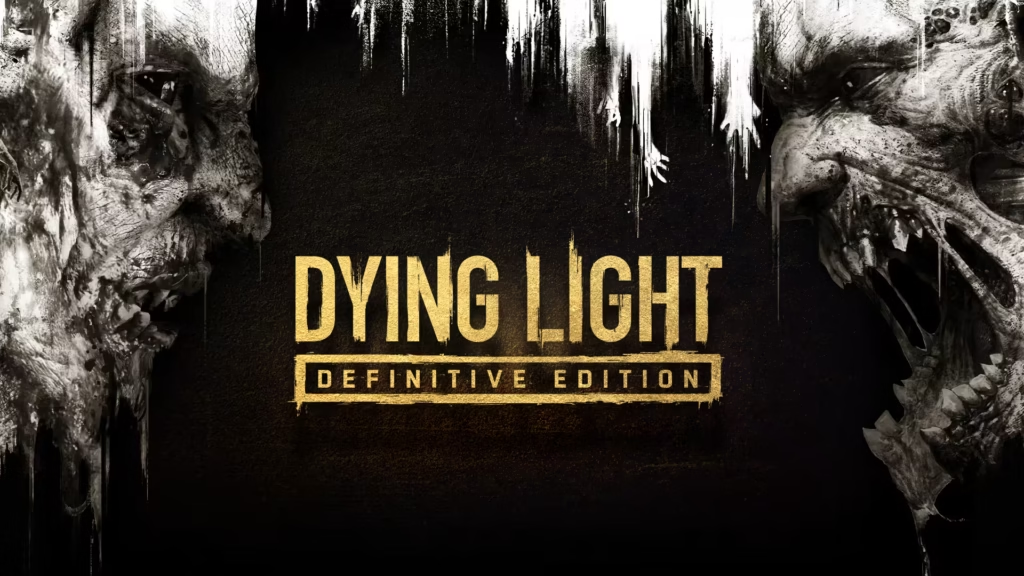
Nintendo fans and Dying Light players are facing a wave of disappointment, as developer Techland has officially confirmed that the Dying Light: Retouched Update will not be coming to the Nintendo Switch—nor will the game be making its way to the upcoming Switch 2.
Originally released back in 2015, Dying Light quickly became a beloved title in the zombie-survival genre. To celebrate its 10-year anniversary, Techland is launching a Retouched Update on June 26, bringing revamped visuals, improved lighting, and enhanced audio. This update will be rolled out across multiple platforms—including PS4, PS5, Xbox One, and Xbox Series X/S—but not for Nintendo’s consoles.
The omission was first noticed after Techland’s update announcement failed to mention the Switch. When contacted by IGN, a representative from Techland confirmed that the Retouched Update is not planned for the Switch version of the game. More surprisingly, the studio also stated there are no plans to bring Dying Light to the Switch 2, dashing any hopes for a refreshed or native next-gen Nintendo version.
“There are currently no plans to bring the Retouched Update to Nintendo Switch or release Dying Light on Switch 2,” a Techland spokesperson told IGN.
This comes as a major blow to players who hoped the Switch 2’s improved hardware might finally allow a proper version of Dying Light to shine on a Nintendo platform. The game is technically playable on Switch 2 via backward compatibility, but that’s cold comfort for fans expecting a modern, polished version of the game.
🎮 A Pattern of Exclusion?
This isn’t the first time a major game update or port has skipped Nintendo systems. While the original Dying Light saw a Switch port in 2021, it suffered from performance issues and visual compromises. With the Retouched Update offering the perfect opportunity to revamp that experience, many hoped the Switch family would finally get a smoother ride. Unfortunately, that’s not to be.
🧟 What’s Next for The Game?
As Techland focuses on celebrating a decade of Dying Light and continues development on other projects, the lack of Nintendo support suggests the studio is prioritizing more powerful hardware ecosystems. Whether this signals a broader trend of Nintendo being left out of major third-party updates remains to be seen—but for now, Nintendo players are once again left waiting in the dark.